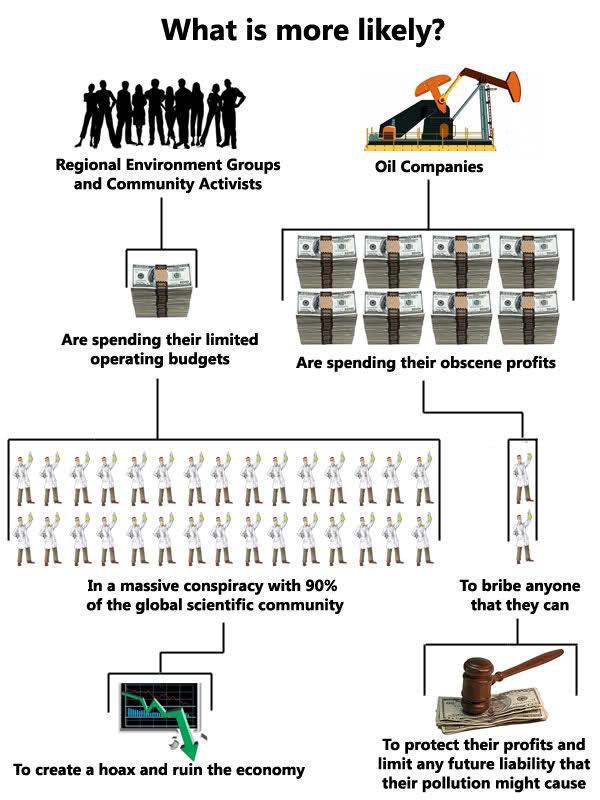- Banned
- #1
I have the solution for global warming. It will require a small monetary investment and some labor, but I guarantee the world will be a cooler place if everyone does their part.
First, everyone who truly believes human produced CO2 is warming the planet will have to place their heads in clear plastic bags. Then seal the bags using duct tape around their necks to trap all that excess CO2. Remain that way for roughly 12 hours. Any resulting genetic waste can be recycled at a local hog farm.
Not only will the world be a cooler place, the collective intelligence of mankind would nearly double.
First, everyone who truly believes human produced CO2 is warming the planet will have to place their heads in clear plastic bags. Then seal the bags using duct tape around their necks to trap all that excess CO2. Remain that way for roughly 12 hours. Any resulting genetic waste can be recycled at a local hog farm.
Not only will the world be a cooler place, the collective intelligence of mankind would nearly double.





